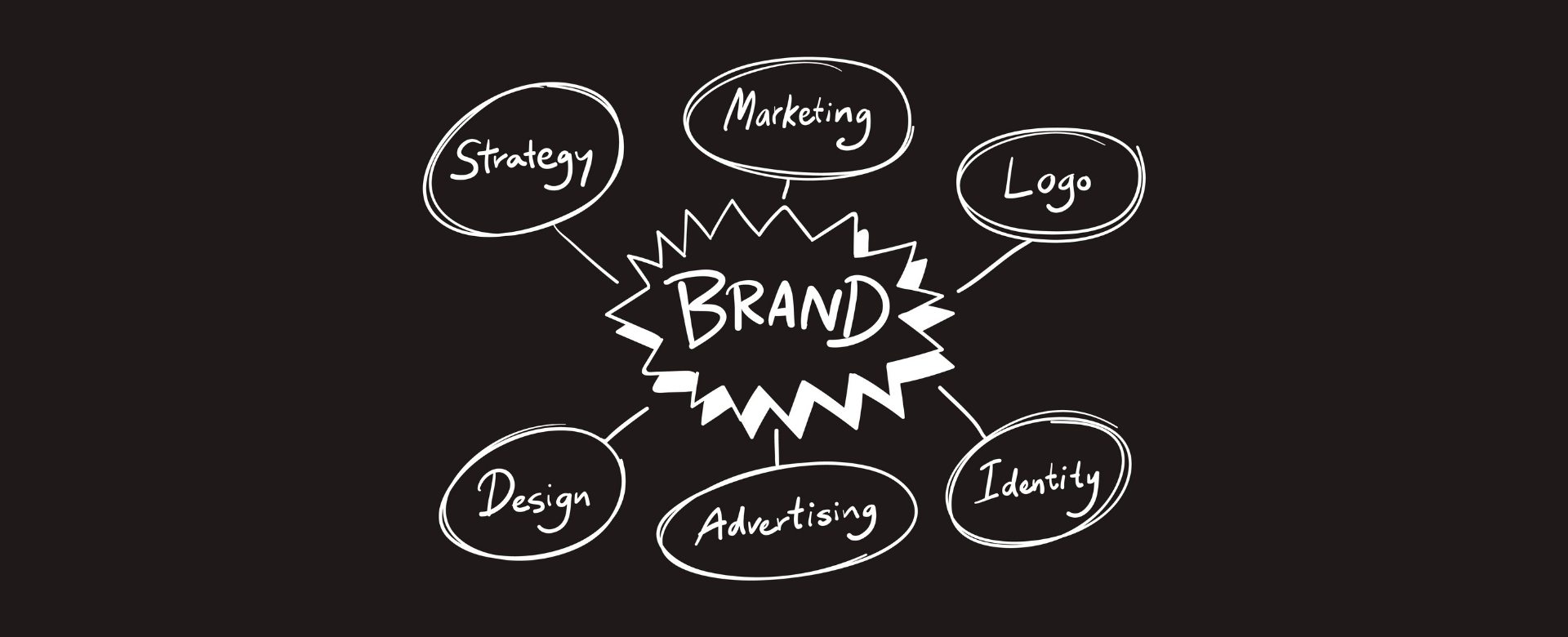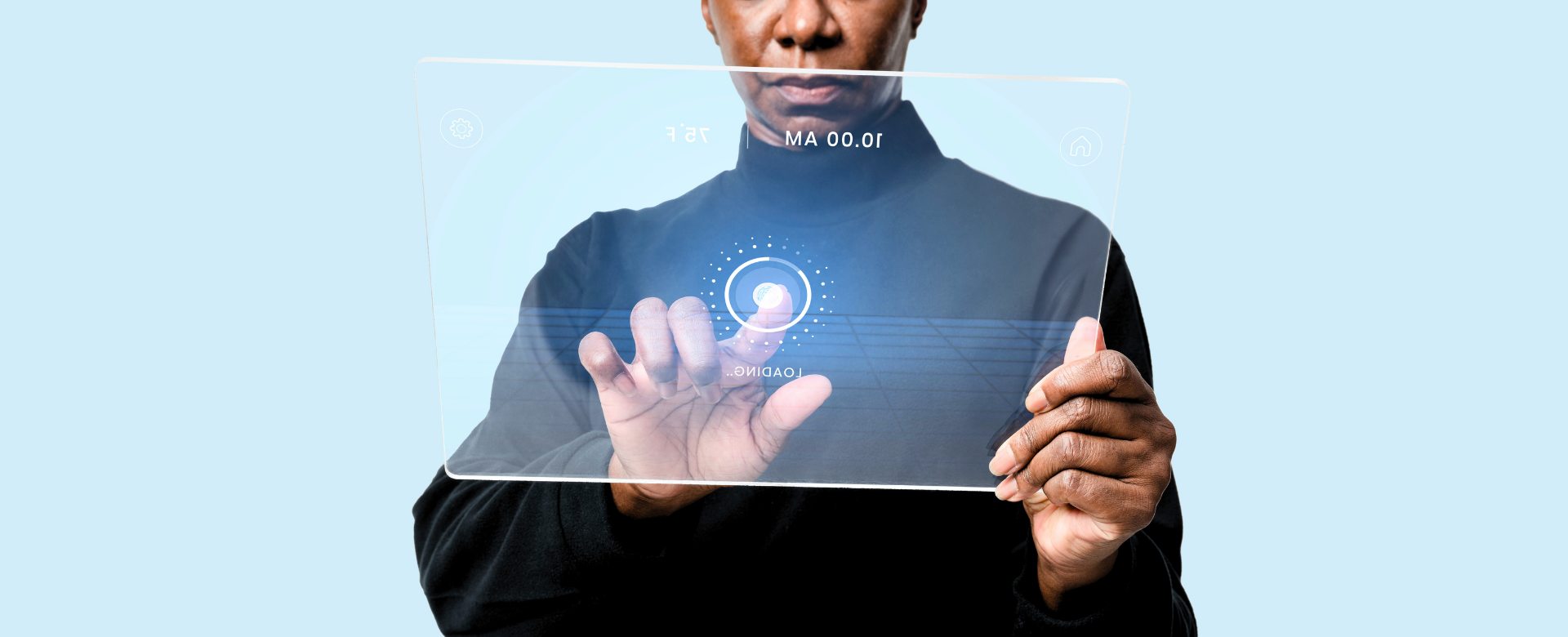Let’s be honest, “omnichannel” sounds like another one of those fancy marketing terms everyone throws around. But strip away the jargon, and you’ll see it’s actually a game-changer.
Whether you’re a branding agency or a digital marketing agency, omnichannel marketing is about creating one cohesive, seamless experience for your customers, whether they’re browsing your website, scrolling your Instagram, popping into your store, getting emails, or chatting with customer support. It’s not just about being everywhere; it’s about making sure everywhere feels like the same place. Like one smooth conversation, not a broken game of telephone.
Multichannel? That’s just showing up on different platforms.
Omnichannel? That’s making sure those platforms talk to each other. Big difference.
And honestly, today’s customers can sniff out a disconnected experience from a mile away. They’re not just hoping for consistency, they expect it.
Why It Actually Matters: Let’s Talk Numbers
Here’s where it gets real.
Did you know that nearly 73% of consumers shop across multiple channels, and they tend to be the big spenders? We’re talking 30% higher lifetime value compared to those who stick to just one.
Still think omnichannel is optional?

Businesses that have nailed this approach are pulling in 9.5% more annual revenue, while the ones fumbling through disconnected efforts scrape by with just 3.4%.
And get this: companies embracing omnichannel retain 89% of their customers. That’s loyalty most brands can only dream of.
But the cherry on top? Using three or more channels can boost engagement by up to 300%, lift purchase rates by nearly 287%, and bump up average sales by 9 to 13%.
Let that sink in for a second.
And with click-and-collect services (like BOPIS, Buy Online, Pick Up In Store) expected to hit a whopping $154 billion by 2025, it’s clear customers crave that perfect blend of digital ease and in-person immediacy.
Omnichannel isn’t just a nice-to-have. It’s the new baseline.
The Must-Haves: What You Really Need to Make This Work

1. One View of Your Customer
If your customer data is living in silos, website here, in-store there, email over yonder, you’re setting yourself up for confusion and misfires.
Pull it all together. Purchase history, browsing behavior, location data, it should all be stitched into one real-time, unified profile. That’s the key to sending the right message at the right moment.
2. Smarter Journey Mapping
You know those moments when you add something to your cart on mobile, forget about it, and then later get an SMS nudge followed by a personalized email?
That’s smart journey orchestration in action.
When done well, it feels like magic. Behind the scenes? It’s a serious strategy, powered by AI, timing, and a deep understanding of human behavior.
3. Personalized Everything (Powered by AI)
Personalization isn’t a bonus, it’s the new normal. Over 70% of customers want brands to recognize them across channels. Not just their name, but their habits, preferences, intent.
And here’s the kicker: 63% are totally fine with sharing data if it means a better, more tailored experience.
So yes, AI matters. In fact, AI-driven omnichannel platforms are growing like crazy, 35% year over year.
4. Automation That’s Always On
Abandoned cart? Ping.
New signup? Welcome email.
Flash sale? Instant push notification.
These real-time triggers keep your brand top-of-mind, and if done well, they feel helpful, not spammy. Add a dash of AI, and you’ll start anticipating needs before your customer even knows what they want.
What’s on the Customer’s Mind?
Let’s put ourselves in their shoes.
- The average customer interacts with a brand via six different touchpoints before they buy.
- 90% expect to switch between devices or platforms without skipping a beat.
- Half of them love click-and-collect services, and two-thirds of those folks end up buying more when they go to pick up.
- Personalization? It’s not optional. Connected experiences make customers 88% more likely to return.
Today’s consumers aren’t just shopping. They’re dancing between digital and real-world interactions, and they expect you to keep up with the rhythm.
What’s In It for Brands? (A Lot, Actually)

Here’s the payoff:
More Money
Omnichannel shoppers spend 4–13% more per transaction. On a yearly scale, that’s 9.5% more revenue.
Better Loyalty
Customers stick around, up to 90% retention compared to brands with siloed experiences.
Higher ROI
Email still packs a punch (hello, 4,400% ROI!), but AI-powered omnichannel? That’s 3x the engagement, 18–23% more revenue, and stronger conversions across the board.
Smoother Operations
Streamlining your channels? That can cut your cost-per-contact by 7.5%. Efficiency, anyone?
Real-World Wins: Who’s Doing It Right?
- Retailers saw a 500% jump in curbside pickup by the end of 2019 and it’s still rising.
- Luxury brands like Gucci, Prada, and Dior are blending tech and elegance, because even premium shoppers want frictionless experiences.
- Social commerce (yes, that includes shoppable Reels and influencer magic) is giving brands a solid 2–5% boost in sales.
Common Roadblocks And How to Dodge Them
| Challenge | What to Do About It |
| Data silos | Invest in a CDP (Customer Data Platform) |
| Outdated systems | Embrace cloud, APIs, and modular tools |
| Misaligned teams | Get everyone rowing in the same direction |
| Metrics confusion | Track across the whole journey, not just clicks |
| Budget worries | Start small, pilot high-impact journeys first |
Agencies: This Is Your Moment

If you’re a digital marketing, branding, or social media marketing agency, this is your cue.
You can make a massive difference for your clients by:
- Auditing their current channels and how well their data connects.
- Crafting thoughtful, cross-channel content strategies.
- Leveraging AI to personalize experiences and predict behavior.
- Tracking deeper metrics: lifetime value, cross-channel engagement, and ROI.
One client, for example, launched an integrated strategy and saw a 287% jump in purchases and 9.5% year-over-year revenue growth. Results like that? They speak for themselves.
So, Where Do You Start?
Here’s your 5-step omnichannel game plan:
- Take stock of your current channels, silos, and pain points.
- Centralize your data, invest in a CDP that syncs in real time.
- Map out key journeys like welcome flows, cart reminders, and win-back campaigns across 2+ channels.
- Plug in AI to time it right and personalize every touchpoint.
- Measure, learn, and tweak based on churn, LTV, conversion rates, and cost per contact.
Final Thoughts: This Isn’t a Trend, It’s a Transformation
Omnichannel marketing isn’t about keeping up with trends anymore. It’s about keeping up with people. Real people, jumping between apps and stores and screens, expecting you to remember them, respect their time, and make things easy.
If you’re a brand or a digital marketing agency helping brands, this is your moment to get it right. Because when you connect the dots with care and intention, you don’t just sell more.
You build something better: relationships that last.
Sources:
Must Know Omnichannel Statistics For Marketers (2025)
Omnichannel Statistics
36 Vital Omnichannel Marketing Statistics Marketers Should Know
TOP OMNI CHANNEL MARKETING STATISTICS 2025
8 Omnichannel Trends for 2025 & Beyond
Omnichannel retail strategy
FAQ
1. How does omnichannel marketing differ from multichannel marketing?
Think of multichannel marketing as showing up in multiple places, your website, social media, email, but each one kind of does its own thing. They’re like musicians playing different songs at the same time.
Now omnichannel? That’s the full orchestra. Every channel is working together in harmony, creating one seamless customer experience. The messages are connected, the journey feels fluid, and the customer doesn’t have to start over every time they switch devices or platforms. Big difference.
2. Why is omnichannel marketing important for businesses?
Because customers don’t live on just one channel and they sure don’t shop that way either. They scroll on mobile, research on desktop, check reviews on Instagram, and sometimes walk into your store to seal the deal. Omnichannel marketing makes sure all those touchpoints feel like one conversation, not a scattered mess. And here’s the kicker: it’s not just good for your customers, it’s good for your numbers. Think higher revenue, better retention, and stronger loyalty. What’s not to love?
3. What are the key components of a successful omnichannel strategy?
A winning strategy starts with unified data, you can’t personalize what you can’t see. Then you need smart journey mapping (so you’re not just guessing what the customer needs next), and real-time automation that responds the moment they do. Add in personalization powered by AI, and voilà, you’ve got a setup that feels human, relevant, and totally seamless. And hey, if you’re a digital marketing agency or branding agency, guiding brands through this is your sweet spot.
4. Can you provide examples of effective omnichannel marketing?
Absolutely. Ever added something to your cart on mobile, then later got a perfectly-timed email reminder on desktop? That’s omnichannel in action. Retailers like Sephora and Nike are pros at this offering personalized app experiences, in-store perks, and post-purchase follow-ups that all connect. Even luxury brands like Dior and Gucci are blending high-end in-store vibes with high-tech digital touchpoints. It’s all about making the journey feel connected, whether you’re scrolling or strolling.
5. How does SEO integrate with omnichannel marketing?
Good question, because SEO isn’t just about Google rankings anymore. It’s part of the bigger picture. When you optimize your content for search, you’re making sure people find you at every step of their journey, whether they’re asking Alexa a question, typing into Bing, or Googling on their phone. And when that SEO content leads to a beautifully integrated omnichannel experience? You don’t just get clicks, you get conversions, loyalty, and long-term trust.

